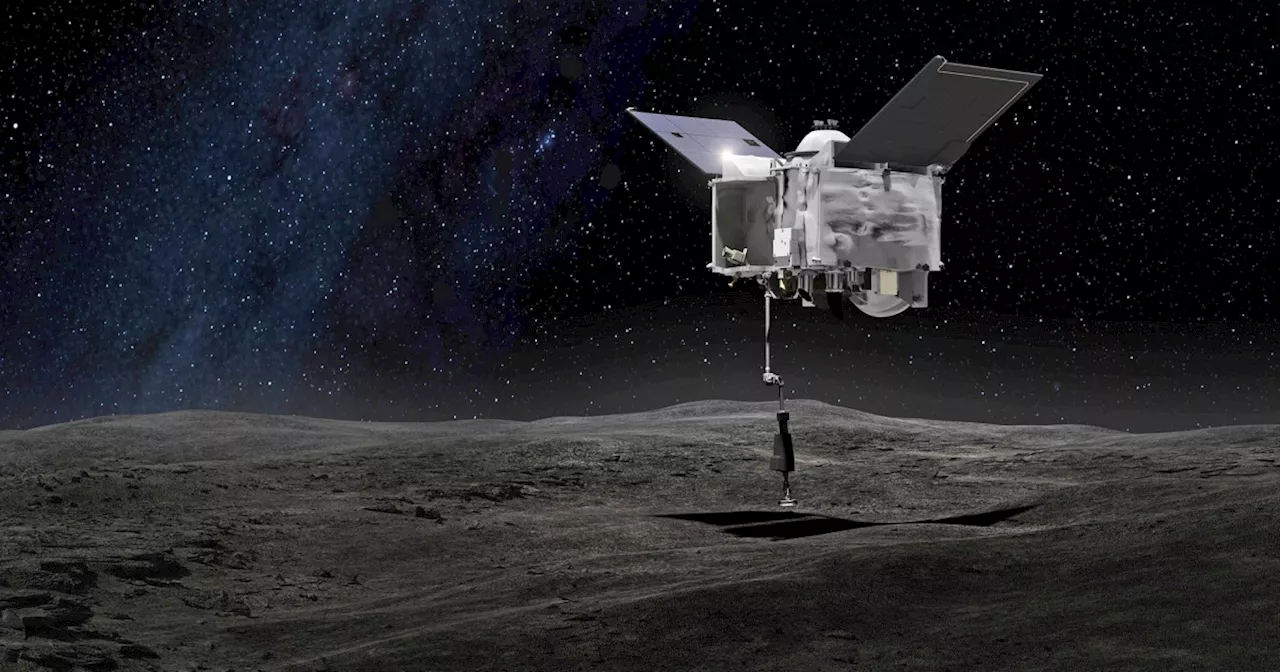NASA's OSIRIS-REx mission returned samples from asteroid Bennu, revealing a treasure trove of organic molecules, including amino acids and nucleobases, essential building blocks of life. Scientists believe these findings suggest that the ingredients for life may have been widespread throughout the early solar system.
In samples taken from a distant asteroid, scientists have discovered a host of organic molecules, including key building blocks of life. The surprising finding suggests the chemical ingredients necessary for life may have been widespread across the early solar system . NASA’s OSIRIS-REx spacecraft, which launched in 2016, scooped up bits of dust, soil and rocks from the asteroid Bennu and then brought them to Earth in 2023. The 4.
5-billion-year-old asteroid is thought to have formed in the first 10 million years of the solar system’s existence. An analysis of that collected asteroid material, published Wednesday in the journal Nature, indicates that the samples included thousands of organic compounds and 14 of the 20 amino acids that life on Earth uses to form proteins. The samples also contained four “nucleobases” — the main components of DNA and RNA, which store and transmit genetic blueprints within our cells. The researchers did not find evidence of life itself on Bennu; rather, their results bolster the theory that asteroids that crashed into Earth when it was young may have delivered the necessary ingredients for life to take hold. The findings could also mean that the chances life formed on other planets and moons in the solar system could be higher than scientists previously thought. “The OSIRIS-REx mission is already rewriting the textbook on what we understand about the ingredients thought to be necessary for the emergence of life in our solar system,” Nicky Fox, the associate administrator of NASA’s Science Mission Directorate, said Wednesday in a news briefing. Similar organic molecules, including amino acids, have been detected in meteorites before, but these fragments of space rocks are imperfect specimens because they are studied after enduring fiery trips through Earth's atmosphere. Whereas meteorites have been exposed to and contaminated by conditions on Earth that could skew scientific results, gathering samples directly from an asteroid in space is like peering into a time capsule from the nascent solar system. “What’s so significant about the OSIRIS-REx Bennu findings is that those samples are pristine,” said Danny Glavin, an astrobiologist at NASA’s Goddard Space Flight Center. The return canister that carried the Bennu samples shielded them from harsh conditions during atmospheric re-entry, Glavin said. “The bottom line is: We have a higher confidence that the organic material we’re seeing in these samples are extraterrestrial and not contamination,” he said. “We can trust these results.” In the samples from Bennu, the researchers stumbled on some surprises. For one, they found exceptionally high concentrations of ammonia — “about 100 times more than the natural levels of ammonia that you find in soils on the Earth,” Glavin said. Ammonia is an essential ingredient in many biological processes, including as a building block to form amino acids, which in turn can link together into long chains to make proteins. Another surprise was described in a second paper published Wednesday in the journal Nature: Researchers found traces of 11 minerals that were likely part of a briny mixture left behind after deposits of water evaporated off Bennu and its parent asteroid. The salty crystals left behind by the evaporated water resembled sodium-rich crusts found in dry lakebeds on Earth, such as Searles Lake in California, said Tim McCoy, curator of meteorites at the Smithsonian Natural History Museum in Washington, D.C., and a co-author of both studies. “We now know from Bennu that the raw ingredients of life were combining in really interesting and complex ways on Bennu’s parent body,” McCoy said in a statement. “We have discovered that next step on a pathway to life.” The minerals detected included sodium carbonate compounds such as trona (sometimes referred to as “soda ash”) that the scientists said had never been observed in other extraterrestrial samples. Similar briny mixtures are thought to exist on Saturn’s moon Enceladus and the dwarf planet Ceres. The two new studies represent the first in-depth analyses of the Bennu samples. In 2023, scientists announced preliminary findings, including traces of carbon and water locked up in clay minerals. The soil and rock from Bennu are the first samples NASA has collected and brought back from an asteroid, but they were not the first in history. Japan’s Hayabusa mission in 2010 delivered to Earth a few micrograms of material from an asteroid called Itokawa. A second mission, dubbed Hayabusa2, delivered a small sample from an asteroid known as Ryugu in 2020. While the samples from Bennu have already yielded intriguing results, more research is needed to understand what precisely causes life to emerge on one planet or moon and not others. “What did Bennu not have that Earth did have?” said Jason Dworkin, an OSIRIS-REx project scientist at NASA’s Goddard Space Flight Center
ASTEROID BENNU ORGANIC MOLECULES LIFE's ORIGINS NASA OSIRIS-Rex AMINO ACIDS NUCLEOBASES SOLAR SYSTEM
United States Latest News, United States Headlines
Similar News:You can also read news stories similar to this one that we have collected from other news sources.
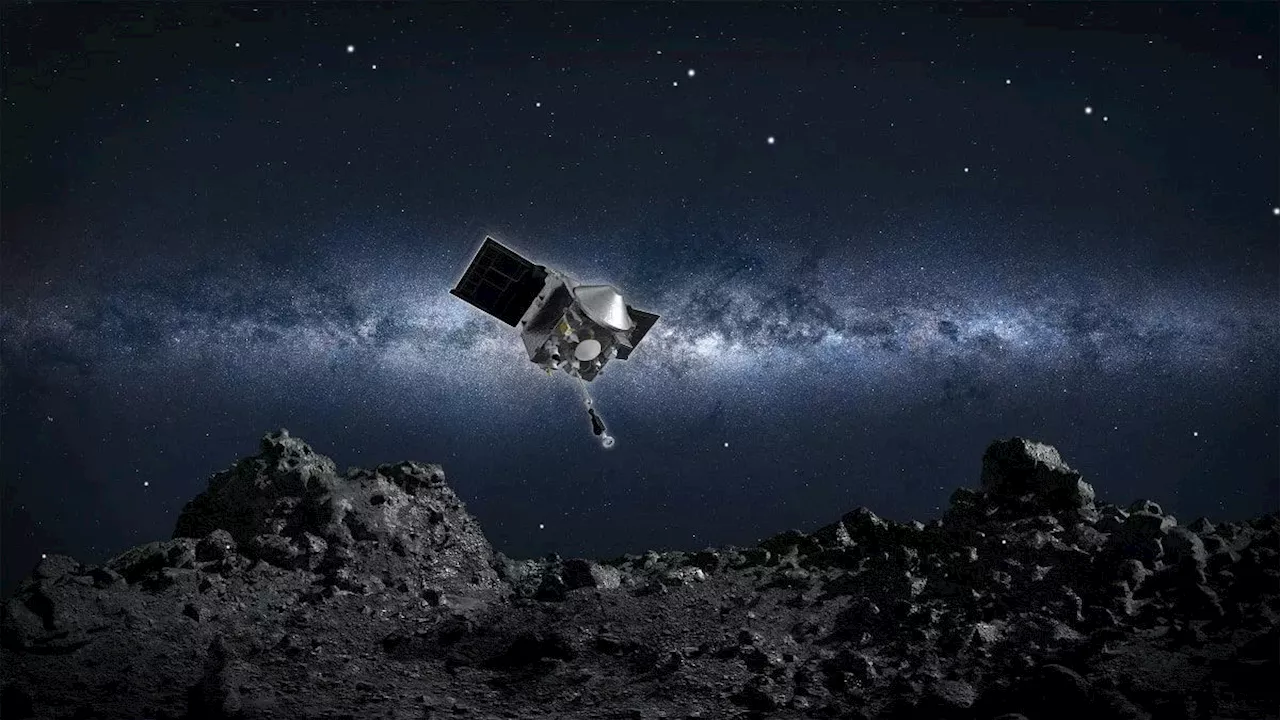 Asteroid Bennu Holds Clues to the Origins of LifeAnalysis of the OSIRIS-REx sample from asteroid Bennu reveals the presence of all five nucleobases, alongside minerals reminiscent of Earth's ancient lakebeds, suggesting the raw ingredients for life were present in the early solar system.
Asteroid Bennu Holds Clues to the Origins of LifeAnalysis of the OSIRIS-REx sample from asteroid Bennu reveals the presence of all five nucleobases, alongside minerals reminiscent of Earth's ancient lakebeds, suggesting the raw ingredients for life were present in the early solar system.
Read more »
 Asteroid Bennu Samples Reveal Clues to the Origins of LifeNASA's OSIRIS-REx mission has delivered samples from asteroid Bennu, which contain the building blocks for life and may have played a role in its emergence on Earth.
Asteroid Bennu Samples Reveal Clues to the Origins of LifeNASA's OSIRIS-REx mission has delivered samples from asteroid Bennu, which contain the building blocks for life and may have played a role in its emergence on Earth.
Read more »
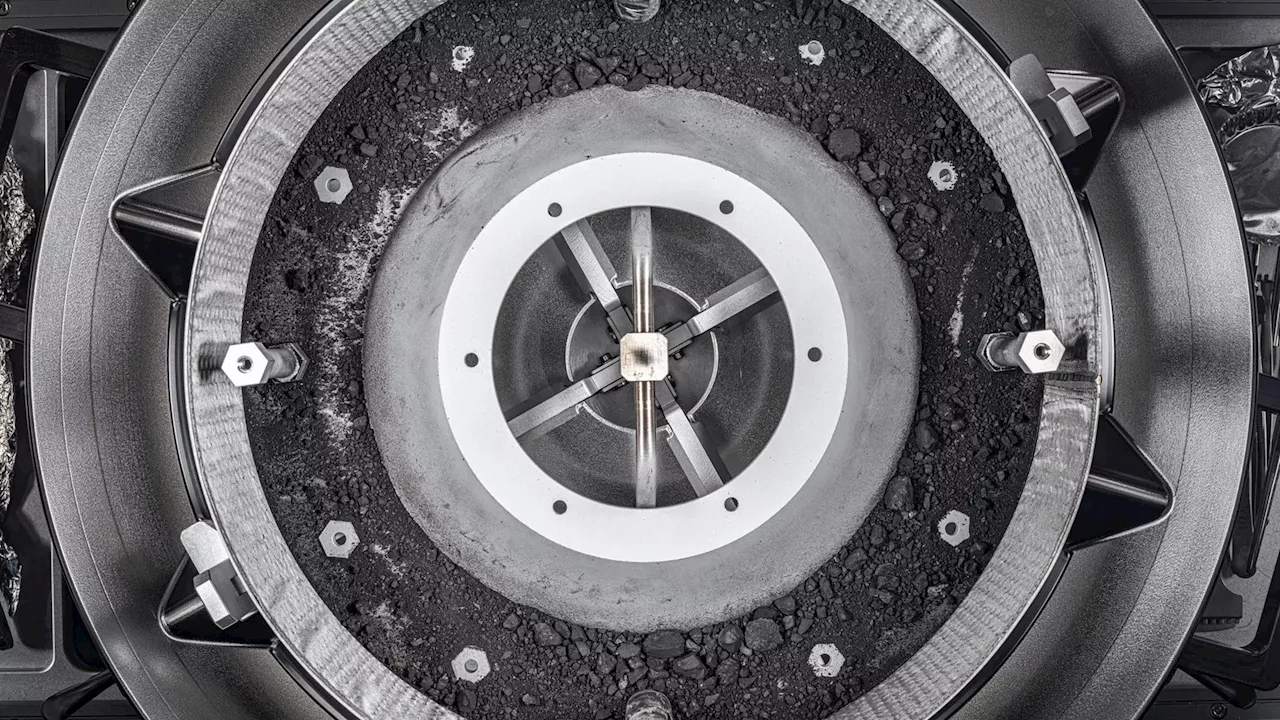 Surprise Discovery: Evidence of Liquid Water in Asteroid Bennu's PastA new study reveals the presence of compounds indicating the existence of liquid water pockets in Bennu's parent asteroid millions of years ago, raising exciting possibilities about the origins of life.
Surprise Discovery: Evidence of Liquid Water in Asteroid Bennu's PastA new study reveals the presence of compounds indicating the existence of liquid water pockets in Bennu's parent asteroid millions of years ago, raising exciting possibilities about the origins of life.
Read more »
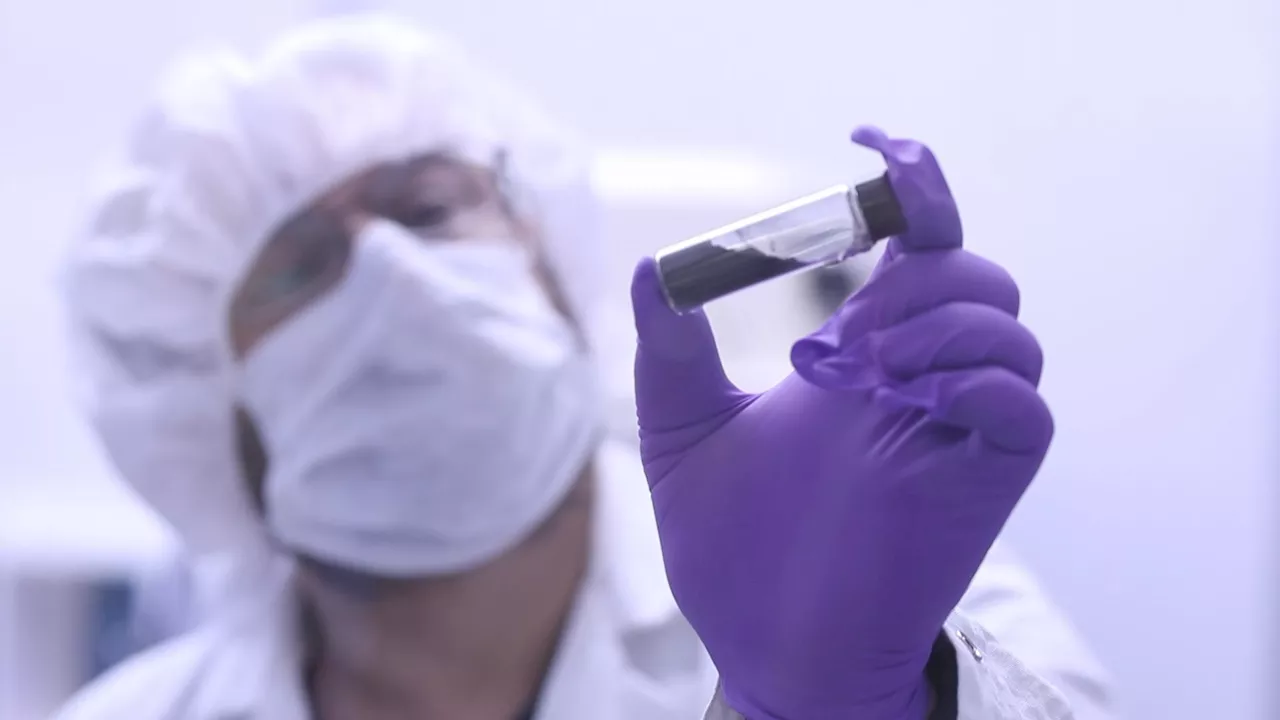 Asteroid Bennu Sample Reveals Molecules Key to Life and Evidence of Ancient SaltwaterNASA's OSIRIS-REx mission delivered samples from asteroid Bennu to Earth in 2023. Analysis of these samples revealed molecules essential for life on Earth, including amino acids and nucleobases, as well as evidence of ancient saltwater environments. These findings suggest that the conditions necessary for the emergence of life were widespread in the early solar system, increasing the odds of life forming on other planets and moons.
Asteroid Bennu Sample Reveals Molecules Key to Life and Evidence of Ancient SaltwaterNASA's OSIRIS-REx mission delivered samples from asteroid Bennu to Earth in 2023. Analysis of these samples revealed molecules essential for life on Earth, including amino acids and nucleobases, as well as evidence of ancient saltwater environments. These findings suggest that the conditions necessary for the emergence of life were widespread in the early solar system, increasing the odds of life forming on other planets and moons.
Read more »
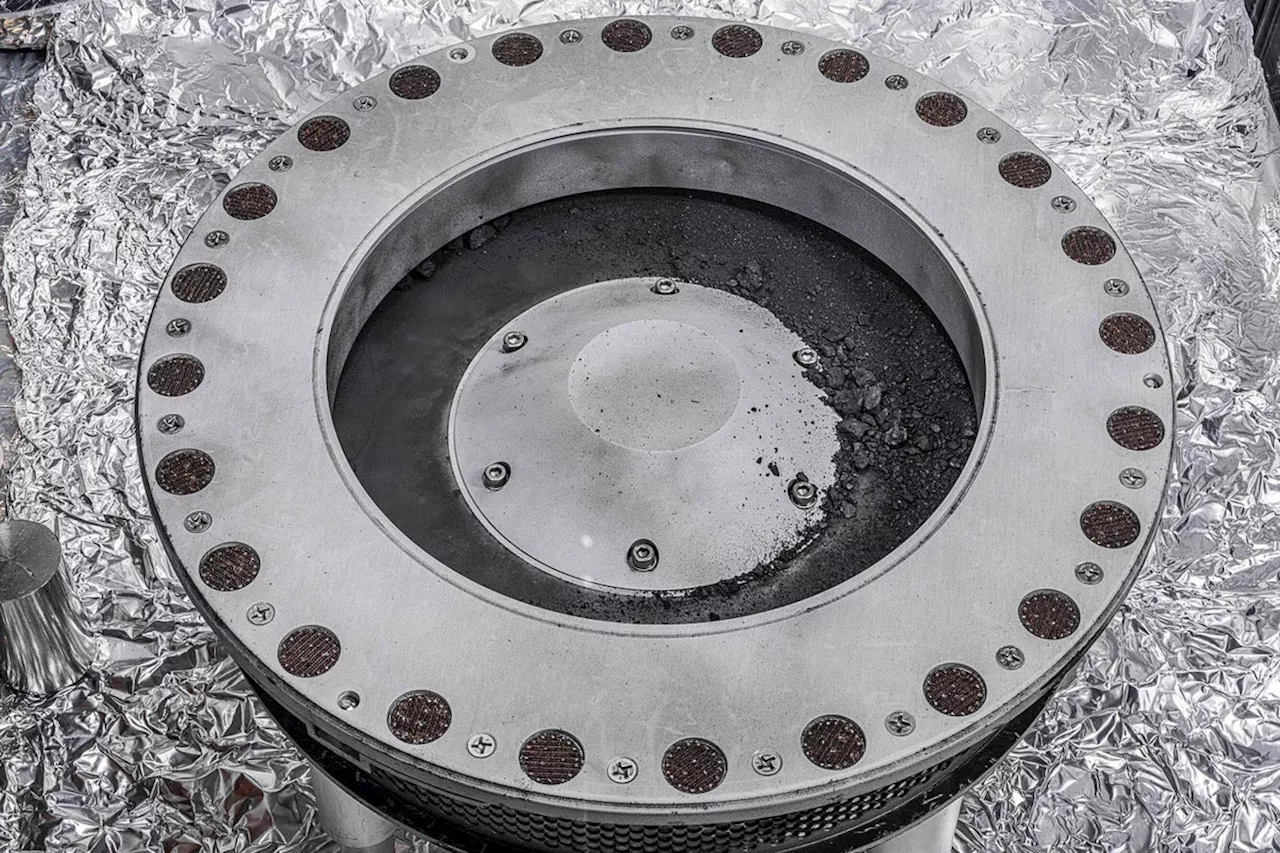 Bennu Asteroid Samples Reveal Widespread Building Blocks of Life in Early Solar System.Analysis of material from asteroid Bennu by NASA's OSIRIS-REx spacecraft reveals the presence of organic compounds, including amino acids and nucleotide bases, indicating that the fundamental building blocks of life were abundant in the early solar system.
Bennu Asteroid Samples Reveal Widespread Building Blocks of Life in Early Solar System.Analysis of material from asteroid Bennu by NASA's OSIRIS-REx spacecraft reveals the presence of organic compounds, including amino acids and nucleotide bases, indicating that the fundamental building blocks of life were abundant in the early solar system.
Read more »
 Asteroid Bennu Hints at Early Solar System's Building Blocks for LifeAnalysis of asteroid Bennu's sample reveals organic molecules, including those essential for life, suggesting the presence of primordial pools on its parent body. However, the lack of asymmetry in these molecules indicates that life may not have emerged in these ancient environments.
Asteroid Bennu Hints at Early Solar System's Building Blocks for LifeAnalysis of asteroid Bennu's sample reveals organic molecules, including those essential for life, suggesting the presence of primordial pools on its parent body. However, the lack of asymmetry in these molecules indicates that life may not have emerged in these ancient environments.
Read more »
